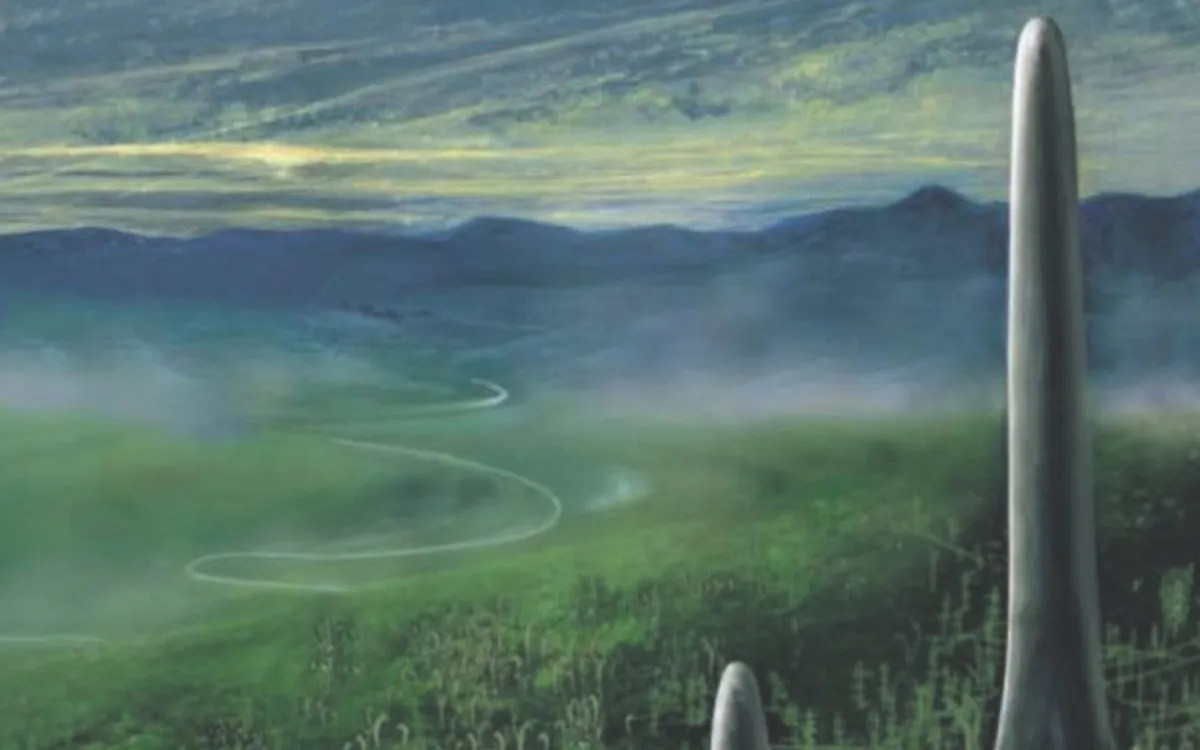
Hundreds of millions of years ago, Prototaxites emerged as enigmatic life forms that reached astonishing heights. These ancient giants are believed to be the first large organisms to thrive on dry land, with some species growing up to 26 feet (8 meters) tall. Their structure resembled that of tree trunks, composed of tiny interconnected tubes. The placement of Prototaxites within the broader tree of life has been a subject of intense debate for over a century and a half.
Recent research suggests that Prototaxites may not fit into the established tree of life as we know it, but rather belong to an entirely unknown branch. A team of researchers from the United Kingdom conducted a detailed analysis of the fossil remains of a species known as Prototaxites taiti. Their findings indicate that these remarkable organisms likely belonged to a now-extinct lineage of multicellular terrestrial eukaryotes—organisms characterized by cells that contain a nucleus, which include all animals and plants.
The research, outlined in a study posted on the preprint server bioRxiv, has not yet undergone peer review. Corentin Loron, a researcher from The University of Edinburgh’s School of Physics and Astronomy, along with his colleagues, conducted an extensive re-examination of P. taiti. They ultimately rejected the widely held hypothesis that Prototaxites were a type of fungus. This conclusion stems from their analysis, which contrasted the anatomy and molecular composition of Prototaxites with contemporary fungi found in the 407-million-year-old Rhynie chert.
The Rhynie chert is a significant sedimentary deposit located in Scotland, renowned for preserving an array of fossil remains from the Early Devonian period (approximately 408 to 360 million years ago). The researchers discovered that Prototaxites taiti was the largest organism in the Rhynie ecosystem and that its anatomy was fundamentally distinct from all known extant or extinct fungi.
Furthermore, the research team found no evidence of chitin or chitosan molecules in the cell walls of Prototaxites or any known groups of fungi. They documented three defining features of Prototaxites: the presence of large structures composed of various tube-like components, compounds akin to lignin (which provides rigidity to plants), and a heterotrophic lifestyle—indicating that these organisms consumed other organisms for nourishment.
In their conclusions, the researchers stated, “Based on this investigation, we are unable to assign Prototaxites to any extant lineage, reinforcing its uniqueness.” They emphasized that the morphology and molecular characteristics of P. taiti are clearly distinct from those of fungi and other organisms found alongside it in the Rhynie chert. Their findings suggest that Prototaxites is best classified as a member of a previously undescribed and entirely extinct group of eukaryotes.
All living organisms on Earth are classified into one of three domains: Bacteria, Archaea, or Eukaryotes (or Eukarya). While Bacteria and Archaea consist of single-celled microorganisms that lack a nucleus, all multicellular organisms fall under Eukaryotes, which are further divided into four kingdoms: animals, plants, fungi, and protists. The researchers’ findings imply the potential existence of a new kingdom of life, although they do not explicitly define this classification. This discovery suggests that long-forgotten kingdoms may not merely exist in fantasy literature, but could represent a fascinating aspect of Earth's biological history.